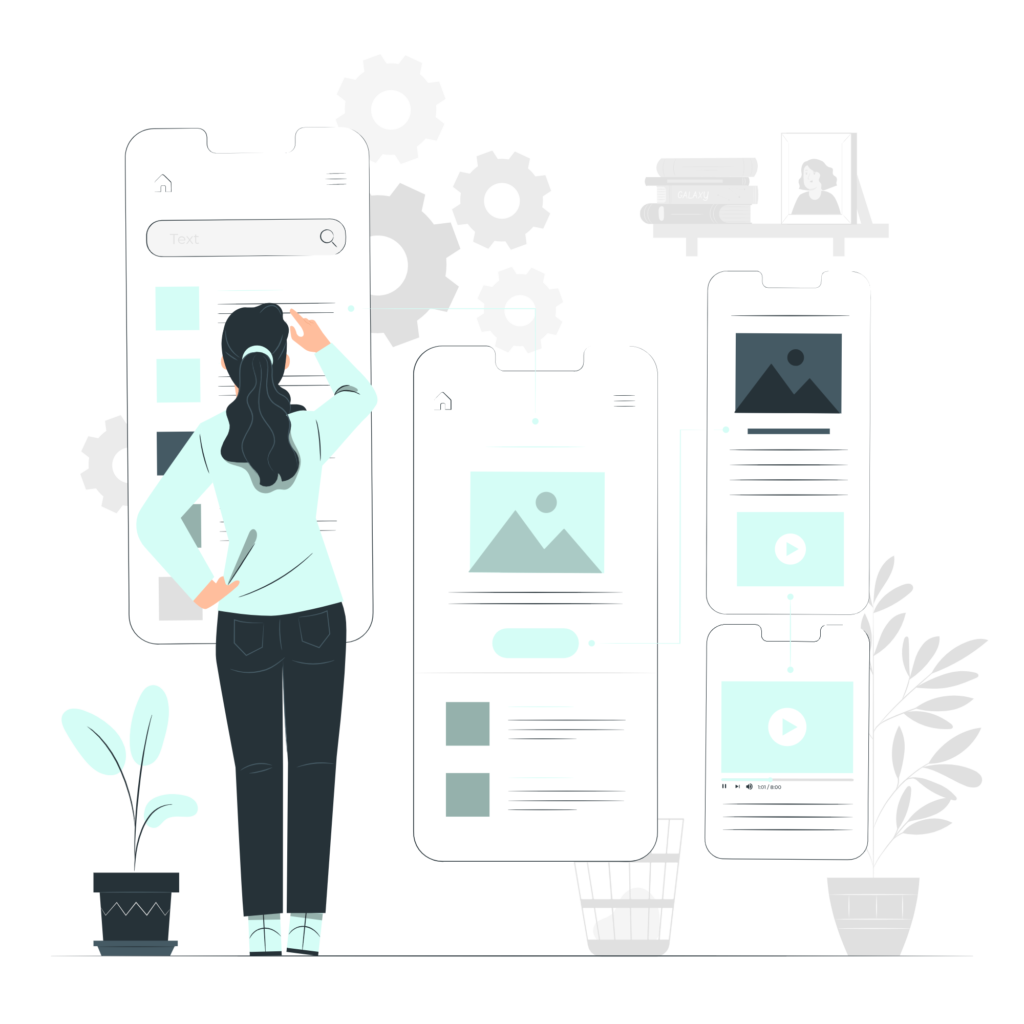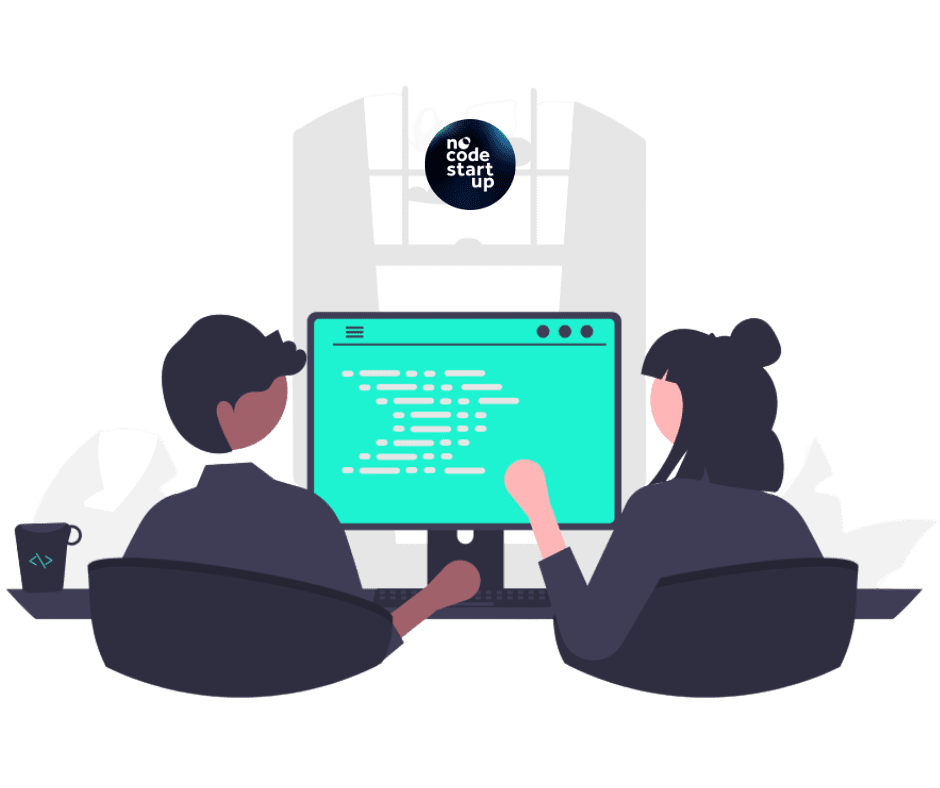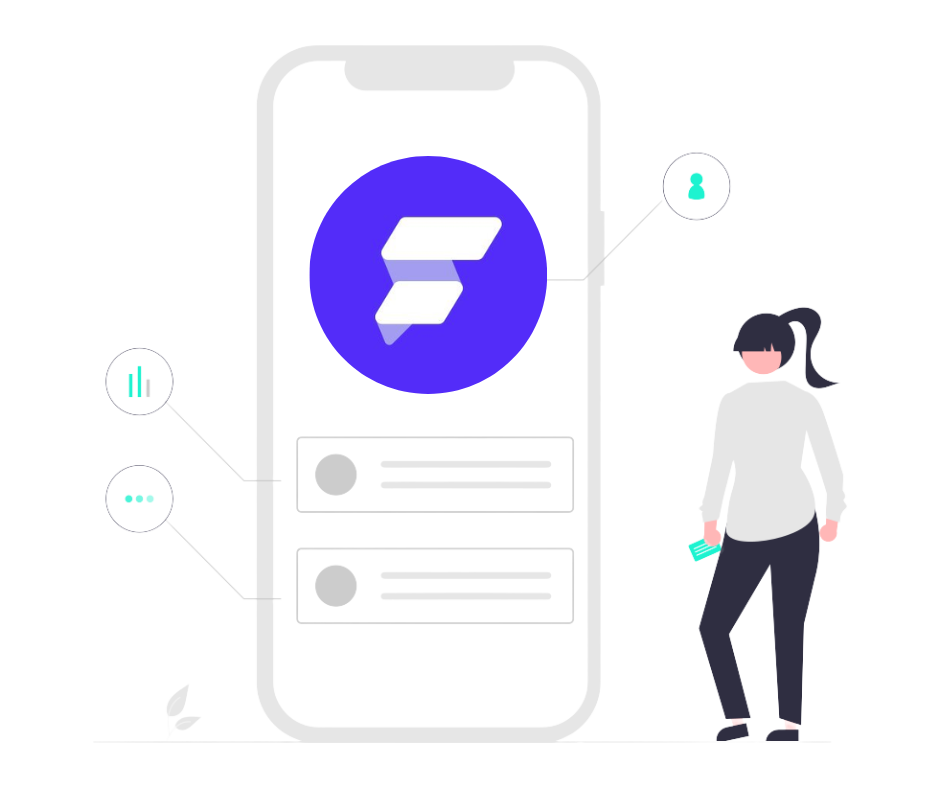Estimated reading time: 9 minutes
Have you ever had a brilliant idea that could revolutionize your field of activity, but found yourself not knowing how to turn it into reality, without spending a lot of money and resources? O MVP – Minimum Viable Product – is a strategy that can completely change the way you develop products and drive your startup.
O MVP is the most simplified version of a product or part of it, created with as few resources as possible. This version seeks to deliver the essence of the idea and its main value proposition, with the aim of validating if the idea is really interesting and if it is worth investing more resources in it.
In this article, we will explore the meaning and importance of MVP for your startup. For those who want make money online, knowing this method is essential.
Keep reading to understand better and start implementing this strategy in your startup today!
Table of Contents
What is MVP?
MVP is the acronym for Minimum Viable Product in English and means Minimum Viable Product in Portuguese.
As the name suggests, this is a practice that consists of creating a test version of the product, with only the minimum functionalities necessary for it to fulfill its function. From this test, it is possible to observe in practice the product efficiency, usability and market acceptance.
It also makes it possible to compare the competition, obtaining partnerships and attracting investors. If the product is successful at this stage, it will be further developed and improved to officially reach the market.
Now, think for a moment: How many times have you had an idea that seemed incredible, but when it was put into practice, it didn't generate the expected return? This is exactly what the MVP seeks to avoid.
Instead of spending months or even years developing a complete product, you create an MVP to test the market, collect real user feedback, and make adjustments as needed.
Most known types of MVP
There are several types of MVP, each with its specific characteristics and approaches. Let's explore some of the best known:
Prototype
The MVP Prototype is often used for physical products, for example: smartphones, automobiles, electronics, among others. In this application, a simplified version of the product is created, which can be a real or simulated example, to be subjected to user testing.
This type of MVP is ideal for obtaining detailed feedback on user interaction with the product.
Double
Already the MVP Double consists of creating two similar versions of the product, are tested simultaneously using the A/B methodology.
This approach allows you to compare results and choose the version that best meets users' needs, helping to optimize investment.
Smoke
In turn, the MVP Smoke It is done with the intention of evaluating the interest of potential customers in the product or service. It is possible to put this strategy into practice through a landing page, for example.
In this space, the company can talk about its concepts and operations and stimulate users' interest. From this interaction, it is possible to measure the page conversion rate and have a more realistic idea about the product.
Wizard of Oz
At MVP Wizard of Oz, customers interact with a simulated product interface, believing they are using an automated solution. However, behind the scenes, actions are performed manually.
This type of MVP allows you to test the viability of the idea, without the need to develop a completely automated solution.
Concierge
The MVP Concierge is a strategy in which the entrepreneur himself performs the service manually, offering personalized attention to customers.
Although it is limited in scalability, it is great for validate demand and understand user needs directly.
What is the best type of MVP?
To answer this question, first of all, one must analyze the resources that the project has. Each type of MVP has different requirements, and this must be taken into account.
The second item to be analyzed must be the product or service being tested. For example, if you are developing an automobile, it is essential to carry out prototype testing. But, if you are creating a social network, the Magical MVP of OZ could be exactly what you need.
Below we will guide you step by step when putting the MVP into practice!

How to make your MVP?
Now that you understand the types of MVP, let's explore the process of creating an effective MVP. See the step by step:
Identify the problem
The first step to creating a successful MVP is to clearly identify the problem your product will solve. Understanding the pains and needs of your target audience is crucial. Therefore, focus on these two steps:
- Understanding pain and needs: analyze the market and identify the difficulties your audience faces. This will ensure your MVP meets real demand.
- Defining personas: create ideal customers that represent your target audience. Go beyond demographics and explore the specific problems they face.
Don't hesitate to dedicate a lot of time to this initial step, as it is what will dictate the quality of your service and what needs to be analyzed in each test.
Analyze the competition
Before proceeding, it is important to understand the competitive landscape in which your product will be launched. So, study competitors offering similar solutions. Identify your strengths, weaknesses and market approaches and how you can best address each of these points.
Identify gaps in competitor offerings. What can your product offer that is unique and best?
Idealize the product
Now that you understand the problem, it's time to ideate how your product will solve this demand in an innovative way. At this point, it is important to specify the characteristics and functionalities of the product and determine how it will meet the needs of the personas.
Also, it is necessary to establish the value proposition of the product. Ask yourself: How does it differentiate itself from the competition? Why would personas choose your product?
Consider demand
Assessing demand for your product is essential to ensure your MVP has acceptance potential. Therefore, carry out acceptance tests such as surveys and surveys to assess market receptivity to your product concept.
Furthermore, create landing pages or use other strategies to capture leads and assess people's real interest.
Use programming in code
In the MVP development stage, you can explore the advantages of no-code tools, which offer a visual and simplified approach to creating applications and softwares.
These tools allow you to develop prototypes and functional products without the need for in-depth programming knowledge. Here are some advantages of no-code tools applied to the MVP creation process:
- Rapid development;
- Iterative prototyping;
- Cost reduction;
- Greater autonomy;
- Data integration;
- Concept validation;
- Design flexibility.
Some of the no-code tools available include Webflow, WordPress, Bubble, Bildr, Soft, AppGyver, FlutterFlow, Glide, Xano, Airtable, Zapier and Make.
Find out what the code is by clicking here.
Build, test and improve
With the MVP ready, develop it as planned, keeping it simple and focused on solving the problem. Conduct rigorous testing with an initial group of users, collect and evaluate feedback.
Based on user feedback, make improvements to the MVP, adding necessary features and adjusting weaknesses.
By following these steps, from problem identification to continuous iteration, you will build a solid MVP, paving the path to a successful and competitive product.
Importance of MVP for startups
Now that you understand how to create and develop an MVP, you can understand why it is so important to ensuring the success of any startup.
MVP allows you to test your idea in the real market before investing significant resources. This process avoids unnecessary spending on products that may not meet users' needs.
Plus, with an MVP in hand, you can collect feedback directly from users, identifying strengths, weaknesses and opportunities for improvement. This guides future development, ensuring your solution evolves in line with customer expectations.
So, if you are about to launch a startup or develop a new product, MVP is your ideal path.
Start right now
To put the development of an MVP into practice, you can count on No-Code Startup's free courses!
As FlutterFlow course, you learn how to build apps for iOS and Android, without the need to write code. It's a great way to apply a Wizard of Oz MVP, for example. No prior knowledge is required and all classes are available free of charge.
Now, if you prefer to master the creation of softwares and web applications to implement your MVP, the bubble course stands out as the best choice. In addition to being free, it offers the necessary foundation to start your studies in the area of programming.



